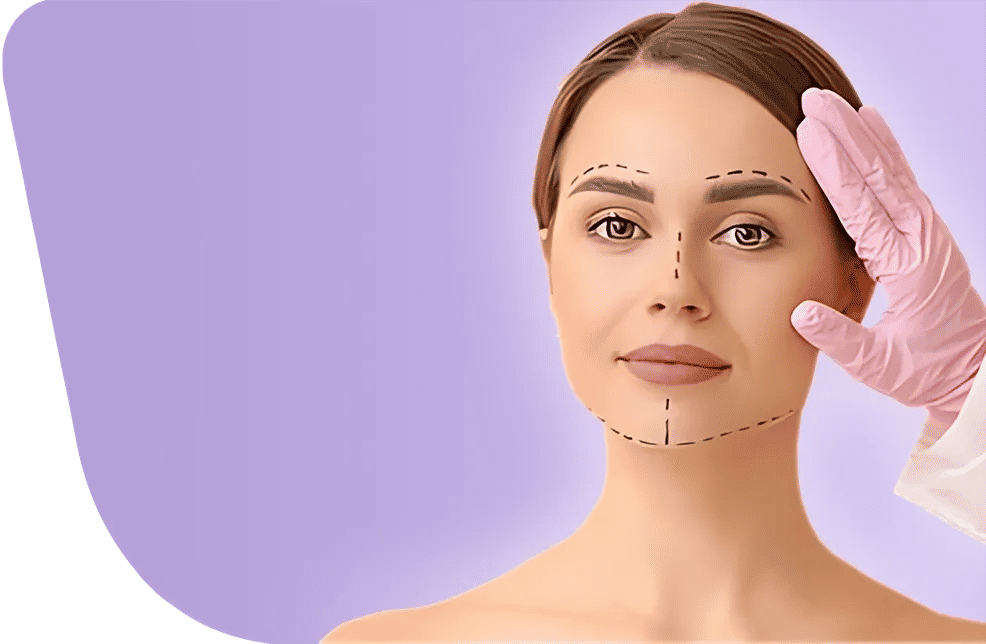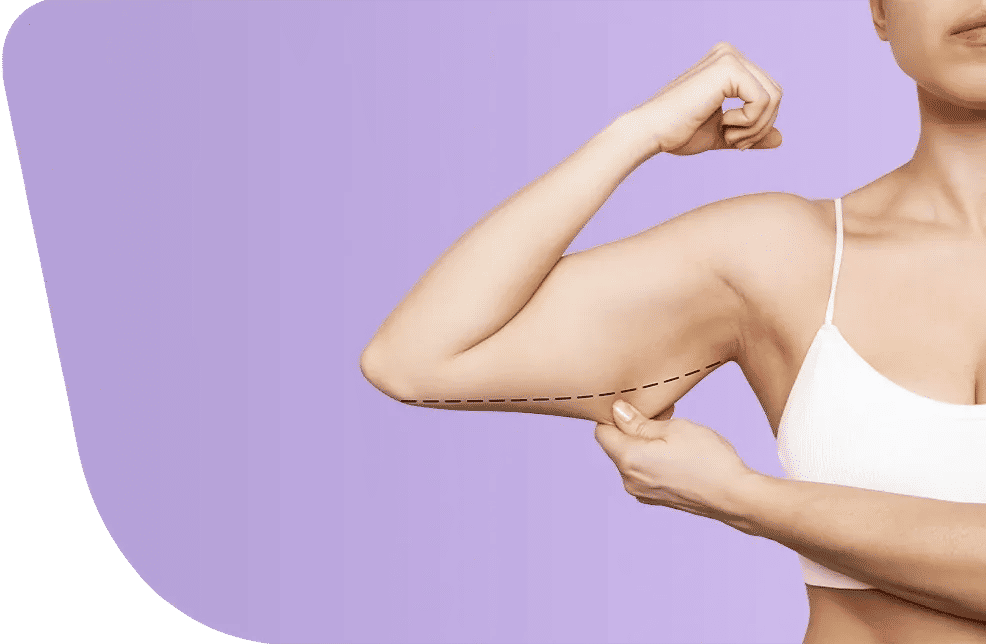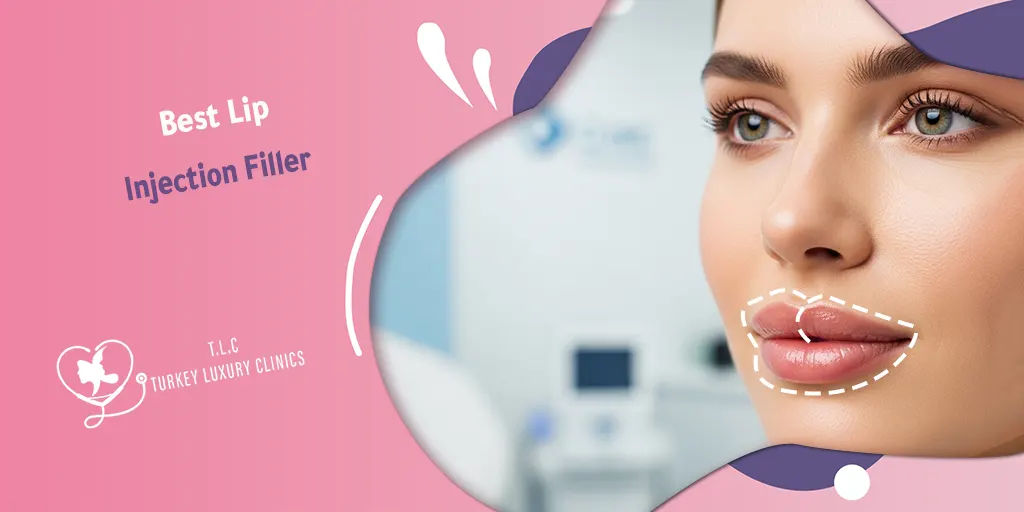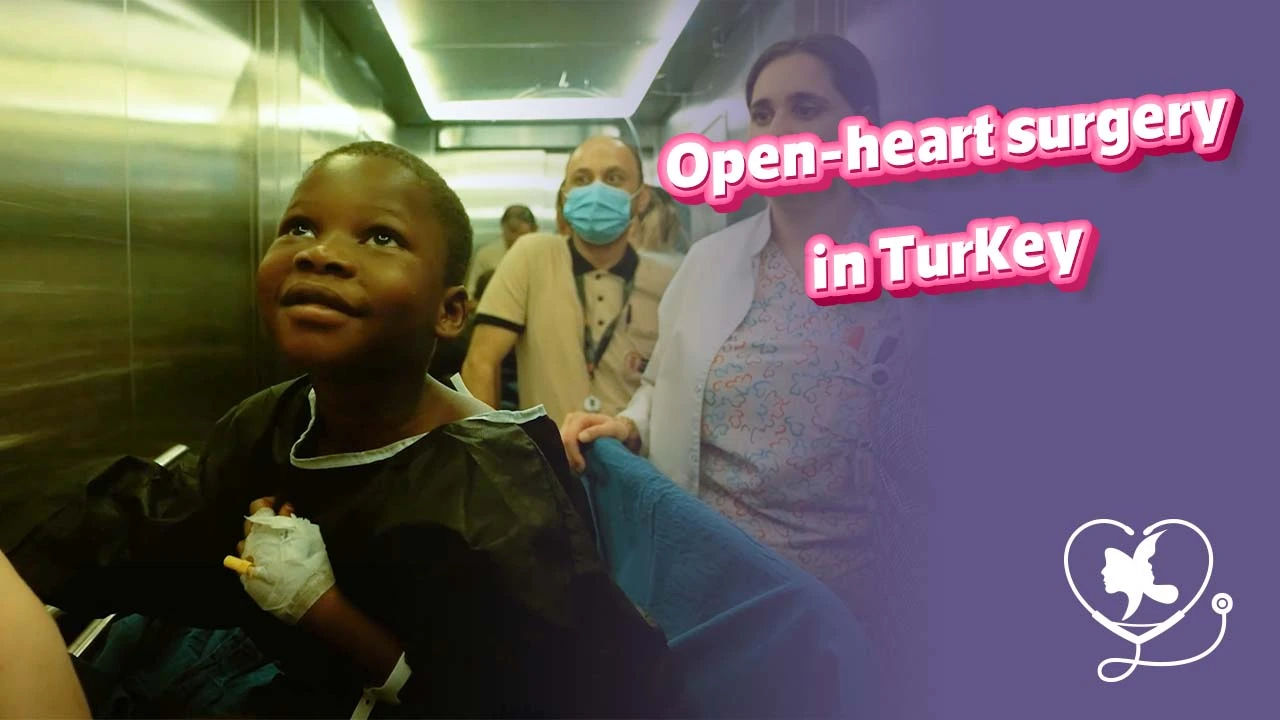- - Belly Button Before and After Tummy Tuck
- - How a Tummy Tuck Changes Your Belly Button
- - Why Your Belly Button May Look Weird After a Tummy Tuck
- - How to Fix a Weird Belly Button After a Tummy Tuck?
- - Fix a Weird Belly Button After Tummy Tuck with Turkey Luxury Clinics
- - FAQs About Tummy Tuck Belly Button Looks Weird
Many patients are surprised when their belly button looks unusual or unexpected after a tummy tuck surgery. In fact, this appearance is more common than most people think.
Often, it’s temporary, caused by swelling, bruising, or the skin adjusting to its new position. However, in some cases, it may indicate issues such as a poorly performed incision, infection, or delayed healing.
Understanding why a tummy tuck belly button may look different is key to addressing the problem effectively. At Turkey Luxury Clinics, we explain what causes these changes, how to tell if they are temporary, and the solutions to restore a natural, aesthetic appearance.
Belly Button Before and After Tummy Tuck
A tummy tuck belly button before and after photos reveal how transformations occur and the different changes the belly button can go through during tummy tuck surgery.
Before a tummy tuck, the belly button may appear elongated, stretched, or slightly droopy, especially in patients with excess abdominal skin. Surgeons carefully assess its natural shape and position to plan the procedure and achieve the most aesthetic result.
After tummy tuck surgery, the belly button goes through a long recovery process. In the first few weeks, redness and swelling are common, giving the belly button a temporary, weird appearance, sometimes protruding, flattened, or irregular.
Over the following months, scar tissue forms around the incision, and the belly button gradually begins to look more natural.
By the end of the healing stages, usually within several months to a year, the belly button should appear well-positioned, harmonious with the abdomen’s contour, and aesthetically pleasing. Temporary irregularities are normal and part of the recovery process; however, persistent deformities may require a consultation with a surgeon.
How a Tummy Tuck Changes Your Belly Button
A tummy tuck is a surgical procedure designed to remove excess skin and tighten muscles in the abdominal area by removing excess skin and fat while also tightening the underlying muscles, resulting in a sculpted and contoured appearance of the abdomen.
A small but important part of this area is the belly button (umbilicus). During a full tummy tuck, the belly button is carefully addressed, whereas in a mini tummy tuck, it is usually affected to a lesser extent.
During the procedure, the belly button undergoes several changes: it is detached, repositioned, and reinserted to either restore its natural shape and location or, in some cases, to reconstruct a new, aesthetically pleasing appearance.
This is an extensive procedure requiring a long recovery period. During healing, it’s common for patients to notice that their belly button looks unusual or “weird.”
While this can be concerning, most changes are temporary and are part of the normal healing process, influenced by the patient’s anatomy and the surgical technique.
- In most cases, the belly button regains its natural shape within approximately one year. If it still looks distorted after that period, consulting your surgeon is recommended, and belly button revision surgery may be considered.
Why Your Belly Button May Look Weird After a Tummy Tuck
After a tummy tuck, it’s common for patients to notice that their belly button looks unusual or “weird.” In many cases, this is temporary and part of the normal healing process, caused by swelling, bruising, or the skin adjusting to its new position. However, sometimes a persistent or distorted appearance can indicate issues such as infection, improper placement, or the need for a revision procedure.
Below, we outline the main causes that can affect the appearance of your belly button, making it look weird after a tummy tuck.
1. Tummy Tuck Technique and Belly Button Shape
In most tummy tuck procedures, the belly button is partially or fully detached from the surrounding skin to allow for proper tightening of the abdominal area.
After the skin is tightened, the belly button is repositioned in its new location.
This process can cause the belly button to appear temporarily unusual or distorted, sometimes looking flat, protruding, or irregular.
Over time, as healing progresses, the belly button gradually returns to a natural, well-proportioned appearance.
2. Swelling and Bruising After Tummy Tuck
It’s normal for your tummy tuck belly button to look weird in the first weeks due to swelling and bruising.
Swelling and bruising after a tummy tuck are normal parts of the healing process that initially affect your look by making the abdomen appear puffy, tight, and uneven.
While this is a temporary side effect of the surgery, it can delay you from seeing your final results, which may take 6 to 12 months to fully materialize. Proper post-operative care, such as wearing a compression garment, staying hydrated, and reducing sodium intake, can help manage these side effects and speed up recovery
3. Effects of Poor Surgical Technique
A poor surgical technique can significantly affect how your belly button looks after a tummy tuck. Patients may notice an unnatural shape, misalignment, or a “botched” appearance. Improper placement, excessive tension, and inadequate scar management by an inexperienced surgeon can lead to issues such as:
- An asymmetrical or misshapen belly button
- An “out-of-place” or “stuck-on” look
- A stretched-out “button hole” appearance
4. How Surgeon Skill Impacts Belly Button Appearance
A surgeon’s skill plays a crucial role in determining the final appearance of the belly button after a tummy tuck. Poor outcomes often result from improper technique, leading to an unnatural, asymmetrical, or distorted look. In contrast, a skilled surgeon can create a natural and aesthetically pleasing belly button by properly preserving and repositioning the umbilical stalk, shaping it correctly, and ensuring proper alignment and depth.
How surgeon skill affects belly button appearance include:
- Precision in Detachment and Repositioning: Ensures the belly button is placed correctly for a natural look.
- Redraping the Skin: Skillful handling of surrounding skin determines symmetry and final shape.
- Preserving the Umbilical Stalk: Maintains proper blood flow and prevents distortion.
- Shaping and Contouring: Creates a defined, natural-looking belly button, correcting “outie” or flat appearances.
- Minimizing Scarring: Reduces visible scars for a seamless, natural result.
- Guiding Healing: Considers patient anatomy and recovery to minimize temporary or permanent irregularities.
Scarring and Belly Button Appearance
Scars are a normal part of tummy tuck recovery and usually fade over time. However, poor scar management can make the belly button appear distorted, uneven, or unnatural. To promote optimal healing, patients should follow their surgeon’s instructions carefully.
This may include using silicone sheets, scar creams, or gentle massage techniques. Proper scar care not only improves the appearance of the belly button but also enhances the overall contour of the abdomen, ensuring a natural and aesthetically pleasing result.
Infection of Belly Button After Tummy Tuck
Signs of infection, such as redness, pus, foul odor, or discharge, can affect both the healing process and the final appearance of your belly button. Infections, if left untreated, may lead to permanent distortion or abnormal scarring. Early detection and prompt medical treatment are essential to prevent long-term issues. Maintaining proper hygiene, monitoring the belly button daily, and following post-operative care instructions significantly reduce the risk of infection.
Uneven Tightening or Fat Removal Issues
If the abdominal skin is not evenly tightened or fat is removed asymmetrically during the tummy tuck, the belly button can appear misshapen, off-center, or stretched. This can also affect the overall symmetry of the abdomen. Choosing a skilled and experienced surgeon, following proper surgical planning, and attending post-operative checkups help minimize this risk. Proper technique ensures the belly button blends naturally with the tightened abdominal skin, creating a smooth and balanced look.
How to Fix a Weird Belly Button After a Tummy Tuck?
If your belly button looks unusual after a tummy tuck, several solutions can help restore its natural appearance. To fix a weird belly button after a tummy tuck, wait until you are fully healed (6-12 months) and then consult a board-certified plastic surgeon for a surgical or non surgical revision procedure such as umbilicoplasty. Common solutions include:
1. It is essential to give your body enough time to complete the healing cycle. The belly button continues to settle and reshape itself for 6 to 12 months, and many patients notice that the “weird” appearance gradually improves as swelling decreases and the skin relaxes.
It is crucial to follow your surgeon’s tummy tuck aftercare instructions, wearing the compression garment, and keeping the skin well-hydrated all support this process.
2. When the issue is related to scarring or tight skin around the umbilical opening, consistent scar management can make a visible difference. Silicone sheets, approved creams, and gentle massage help soften the tissue and enhance the final contour of the belly button.
3. For mild irregularities in texture, color, or shape, non-surgical treatments, such as laser therapy, may help refine the appearance without the need for surgery.
4. If the belly button still looks distorted after full recovery, a formal belly button revision (umbilicoplasty) becomes the most effective solution. An experienced, board-certified plastic surgeon can reshape, reposition, or reconstruct the belly button to achieve a balanced, natural look that fits the abdominal contour.
Fix a Weird Belly Button After Tummy Tuck with Turkey Luxury Clinics
If your belly button still looks unusual after a tummy tuck, the right specialist can make all the difference. At Turkey Luxury Clinics, our board-certified plastic surgeons offer precise revision treatments to restore a natural-looking belly button and refine your abdominal contour.
Whether you need a simple correction or a full umbilicoplasty revision, we guide you through the safest and most effective options tailored to your case. Reach out to our team to start your assessment and get the balanced, refined result you originally hoped for.












.webp)
.webp)
.webp)
.webp)

